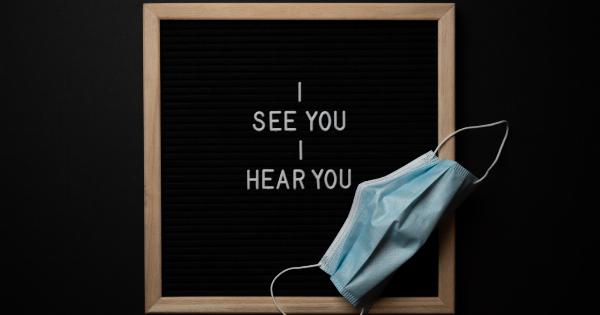Have you ever found yourself wondering why you feel the way you do towards someone? Maybe you’re experiencing butterflies in your stomach around someone or you’re feeling a sense of loyalty towards someone you just met.
Understanding the science behind your emotions can provide you with a framework to make sense of your feelings towards someone. In this article, we’ll explore how you can scientifically understand your feelings towards someone.
Types of Emotions
The first step in understanding your emotions towards someone is to understand the different types of emotions you might experience.
Psychologists have identified six primary emotions that humans experience: happiness, sadness, fear, anger, surprise, and disgust. Within these six primary emotions, there are also many different combinations and variations of emotions you can feel. For example, feeling nervous, anxious, and excited are all variations of the primary emotion of fear.
The Science of Attraction
When it comes to feelings of attraction towards someone, there are several scientific explanations. One explanation is the concept of reward pathways in the brain.
When we are attracted to someone, our brain releases dopamine, which is the neurotransmitter that is associated with pleasure and reward. In essence, when we are attracted to someone, our brain is rewarding us for that attraction.
Another scientific explanation for feelings of attraction towards someone is pheromones. Pheromones are chemicals that are released by the body and picked up by others, and they can play a role in attraction.
Research has shown that women are more attracted to the scent of men who have different immune systems than their own. This suggests that our bodies may be naturally drawn to those who have certain biological attributes that complement ours.
Attachment Styles
When we form emotional bonds with others, we develop what is known as an attachment style. There are four primary attachment styles: secure, avoidant, anxious, and disorganized.
Your attachment style can affect the way you feel towards someone and the way you behave towards them. For example, someone with an avoidant attachment style might find themselves feeling uncomfortable with physical affection or struggling to form deep emotional connections with others.
Cognitive Bias
Finally, it’s important to consider the role of cognitive bias in our feelings towards someone. Cognitive bias refers to the way our minds filter and interpret incoming information.
We all have biases that influence the way we think, feel, and behave. For example, if you have had negative experiences with someone who shares certain traits with a new person you’ve met, you may unconsciously be more likely to view that new person negatively as well.
Our cognitive biases can also be influenced by our attachment styles.
For example, someone with an anxious attachment style may be more likely to interpret ambiguous actions or behaviors as evidence that the other person doesn’t care about them, even if that isn’t necessarily the case.
Conclusion
Understanding the science behind our emotions towards someone can help us make sense of our feelings and behaviors.
By recognizing the role of reward pathways, pheromones, attachment styles, and cognitive bias, we can begin to unpack the complex nature of our emotional lives.





























